How to Book a Business Trip: A Practical, No-Fluff Guide


An Easy & Repeatable Process for Booking Your Business Trips
Use this playbook to turn business trip planning into a simple checklist that works for solo travelers and teams. It keeps approvals tight, receipts clean, and travelers focused on the work.
Booking a business trip is so much easier when you treat it like a repeatable process. Start with your goal, add the constraints, and choose tools that keep costs controlled while giving your travelers what they need to get the job done. This guide is written to be genuinely useful for individuals, office managers, business owners, and executive assistants. It covers business trip planning from first brief to post-trip reconciliation and is compatible with platforms that support group bookings, direct billing, cost codes, and flexible cancellations or adjustments to the plan.
Whether you are planning to go on a business trip yourself or coordinating travel for a crew, the steps below keep everyone aligned and reduce surprises. Use them as a checklist you can copy, adapt, and reuse.



1) Define the objective and constraints
Know why the trip is happening and what success looks like. That might be a sales meeting, a site kickoff, a factory audit, or training. Then set the boundaries before shopping.
- Fixed dates and windows that are flexible
- Budget ceilings including taxes and fees
- Travel policy rules that actually apply
- Special needs such as parking for larger vehicles, early check-in, late checkout, or in-room kitchens for longer stays
Write this down. The goal and the constraints will drive every other decision in your business trip booking.
2) Gather traveler profiles once
Collect what you need so you can book in minutes rather than hours.
- Legal names, DOB, TSA Known Traveler or Redress numbers
- Loyalty IDs and preferences for seats, rooms, and floors
- Accessibility needs and dietary notes if meals are included
- Payment method, incidentals handling, and receipt routing
- Emergency contacts and after-hours support
For teams, add project codes so finance can reconcile by job without chasing receipts.
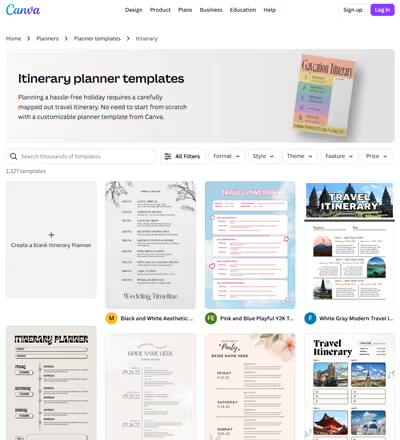
3) Build an itinerary skeleton
Draft a simple timeline before you search for rates or choose from one of the many pre-made templates from around the web. There are some great options you can choose from on the Canva website. Jotform and Microsoft also has some decent ones, you may need to browse around the web to find something that fits perfectly for your travel situation. You can also try one of the leading AI tools like ChatGPT or Gemini by Google and ask the AI to create a custom itinerary especially for your trip.
- Meeting times and time zone impacts
- Airports that balance reliability and price
- Hotel locations that reduce ground time and ride costs
- Ground transport or on-site parking details
- For multi-week work, define change windows and rhythm days
A quick sketch prevents you from picking a lower nightly rate that adds hours of unpaid drive time.
4) Pick a booking path that fits the work
You have options. Consumer sites are familiar but can scatter receipts. Traditional corporate tools enforce rules but can be rigid for field work. Operations-friendly platforms combine hotels, flights, and cars with features that matter in the real world. Look for custom travel policies, project codes on every reservation, direct billing to avoid personal card use, consolidated monthly invoices, change protection, and the ability to hold room blocks when you need many keys. These features keep business trip planning efficient for both travelers and finance.
5) Price and availability tactics that work
- Book the anchors first. Lock meeting times, then flights, then hotels.
- Use flexibility where it pays. Shoulder nights or earlier flights can reduce risk and cost.
- Protect the plan. Refundable or protected options save money when timelines shift.
- Compare total trip cost, not line items. A cheaper hotel far from the site can cost more in time and transport.
- For groups, request room blocks with clear terms and a single invoice.
6) The booking checklist
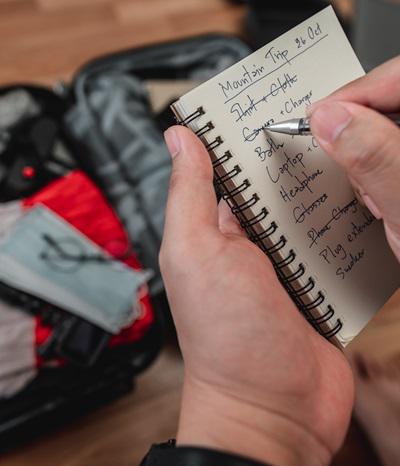
When you are organizing and booking a business trip, run through this list in order.
- Confirm traveler details and policy rules
- Select flights with realistic buffers for connections and delays
- Choose a hotel that matches location needs and required features such as parking or kitchens
- Reserve ground transport or confirm parking height clearance if needed
- Apply approval steps without slowing the process
- Add change protection when schedules are uncertain
- Capture payment method, direct bill details, and receipt routing
- Send calendar invites with confirmation numbers and vendor contacts
7) Documentation and payment strategy
Good documentation speeds check-in and reconciliation.
- Centralize confirmations in a shared location
- Use direct billing when available so travelers do not tie up their personal cards and money
- Set incidentals rules in advance and state who can authorize charges
- Standardize folio naming with project codes to match stays to jobs
8) Risk, change, and support
Plans move. Build a safety margin.
- Keep one viable earlier outbound and one later return in mind
- Share a simple after-hours rebooking path
- Save vendor phone numbers in the itinerary and notify hotels of late arrivals
- For crews, hold a small cushion of spare rooms during the first nights of a project
9) Communication pack for travelers and stakeholders
Send a one-page brief that includes:
- Final itinerary in local time
- Addresses, parking notes, and check-in instructions
- Expense rules, what to save, and what not to buy
- Emergency contacts and who to call for changes

10) After the trip: reconcile and improve
Close the loop so the next business trip booking is faster.
- Collect folios automatically or in one place and map them to codes
- Compare planned versus actual spend and note where protections saved money
- Log hotel performance, safety notes, and traveler feedback
- Update the playbook for repeat routes and job sites
Special section: planning a business trip for your boss?
Planning a business trip for your boss requires low friction and zero surprises. Confirm preferences early, including seat type, room location, early check-in, noise tolerance, and meeting space needs. Offer two clean options with clear tradeoffs in time and cost. Pre-fill loyalty numbers, add calendar holds for travel buffers, and share a short mobile-friendly itinerary. Set a same-day change plan and confirm late checkout if meetings may run long.
Putting it together
Effective business trip planning comes down to clarity, process, and the right tools. Define the objective. Capture traveler data once. Build an itinerary skeleton. Choose a booking path that supports custom policies, project codes, room blocks, direct billing, and consolidated invoices. Execute with a checklist, protect the plan against change, and close with clean reconciliation. If you are planning to go on a business trip next week or coordinating a multi-month project, this approach keeps travelers focused on work and keeps finance in control of the numbers.



.jpg)

.avif)
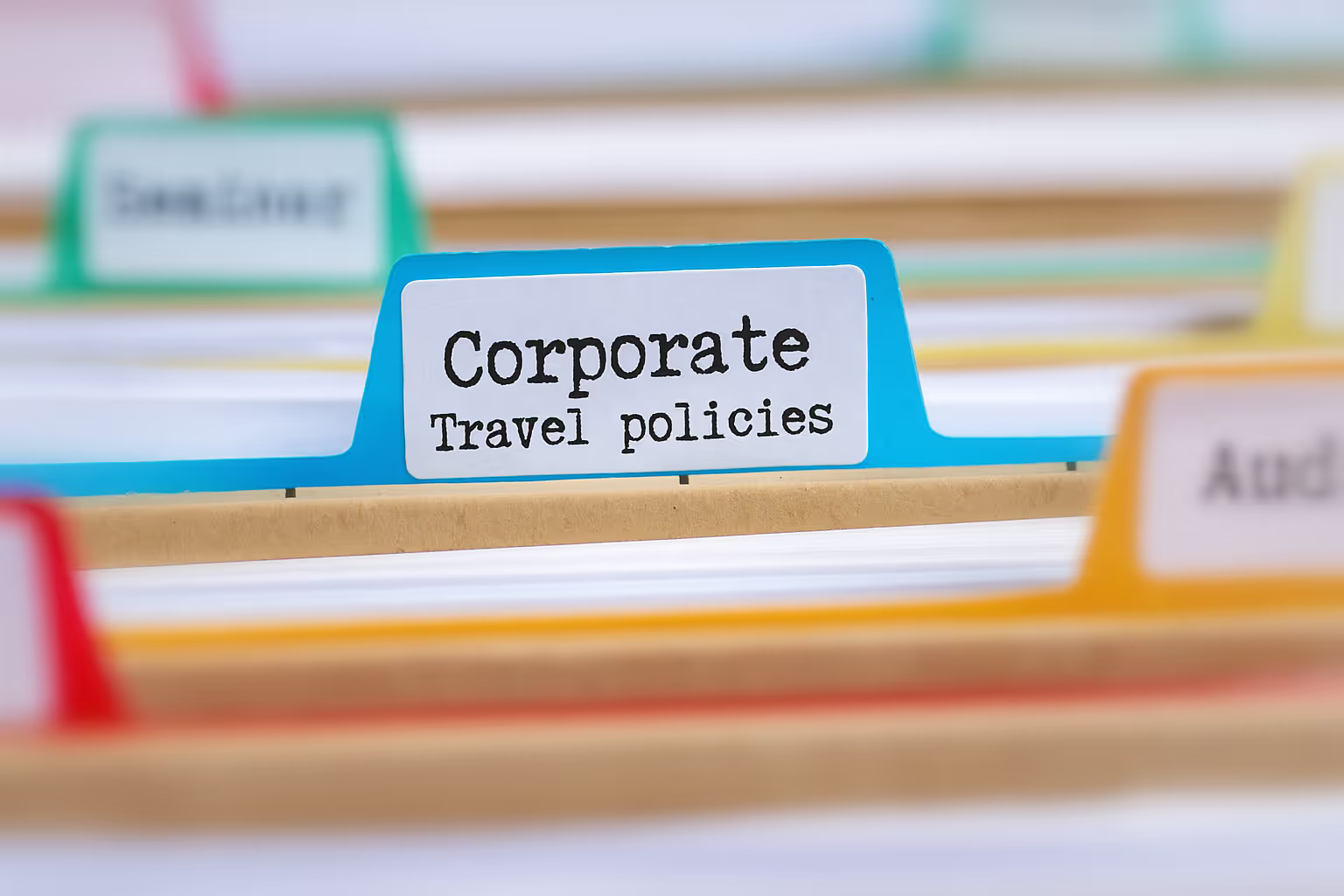


.jpg)

.jpg)

.jpg)


.avif)
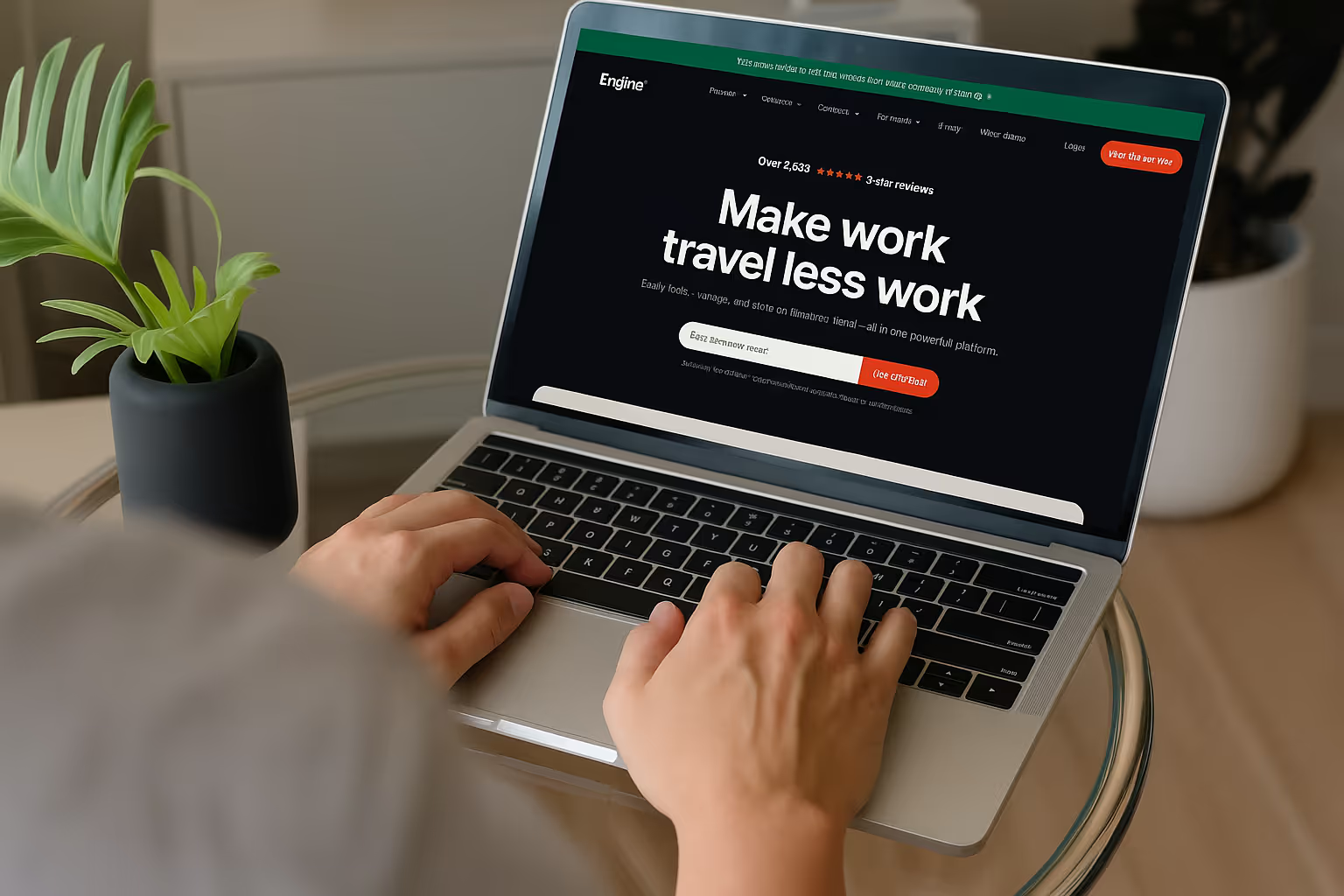



.avif)






.jpg)


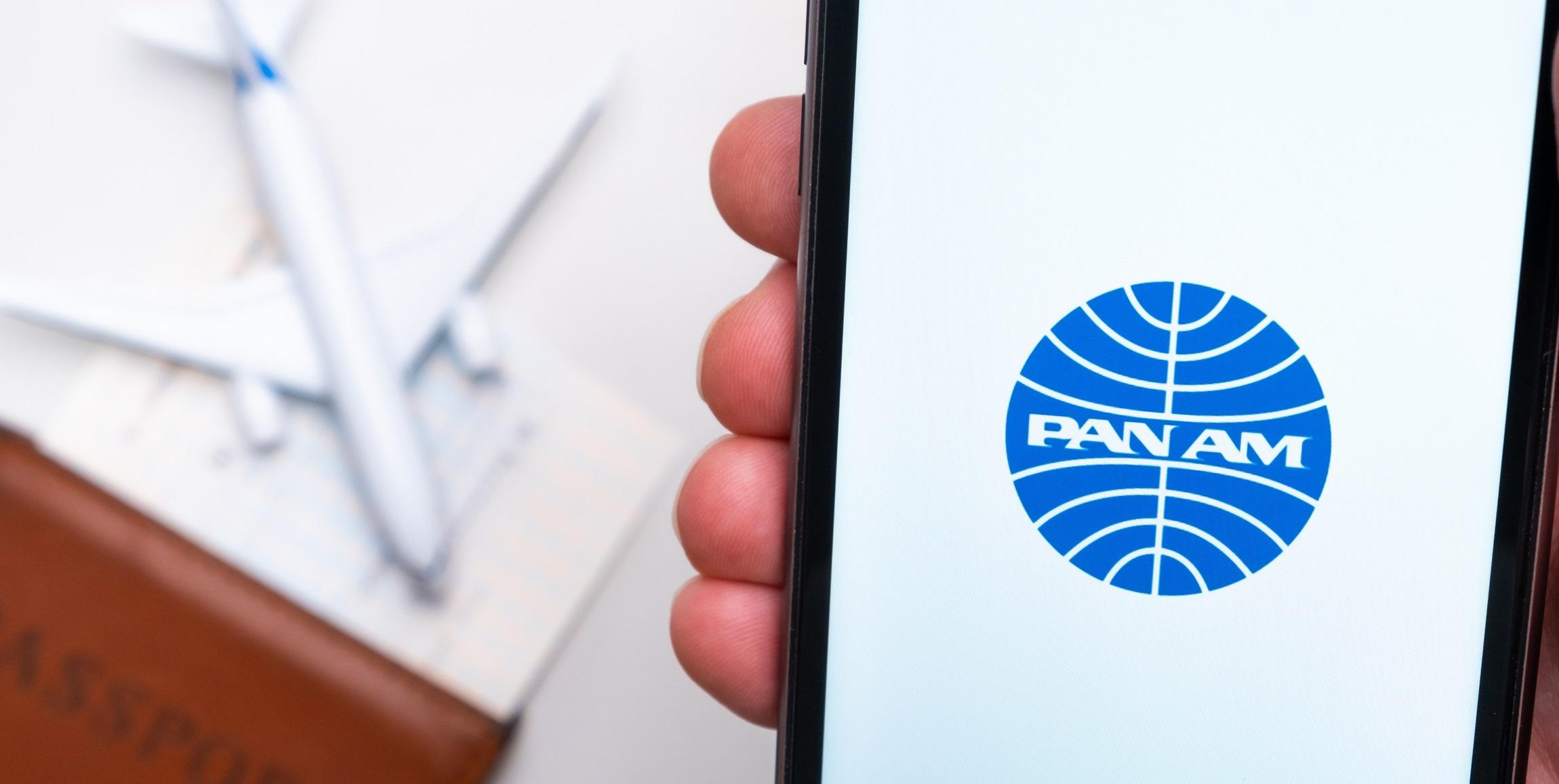

.avif)







